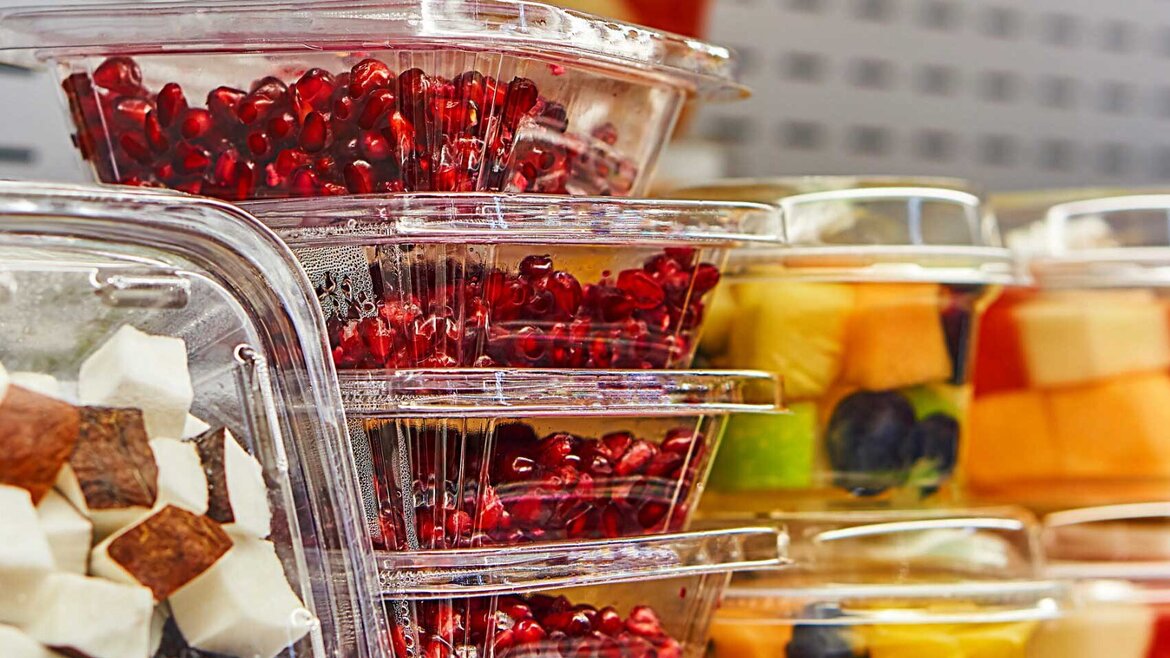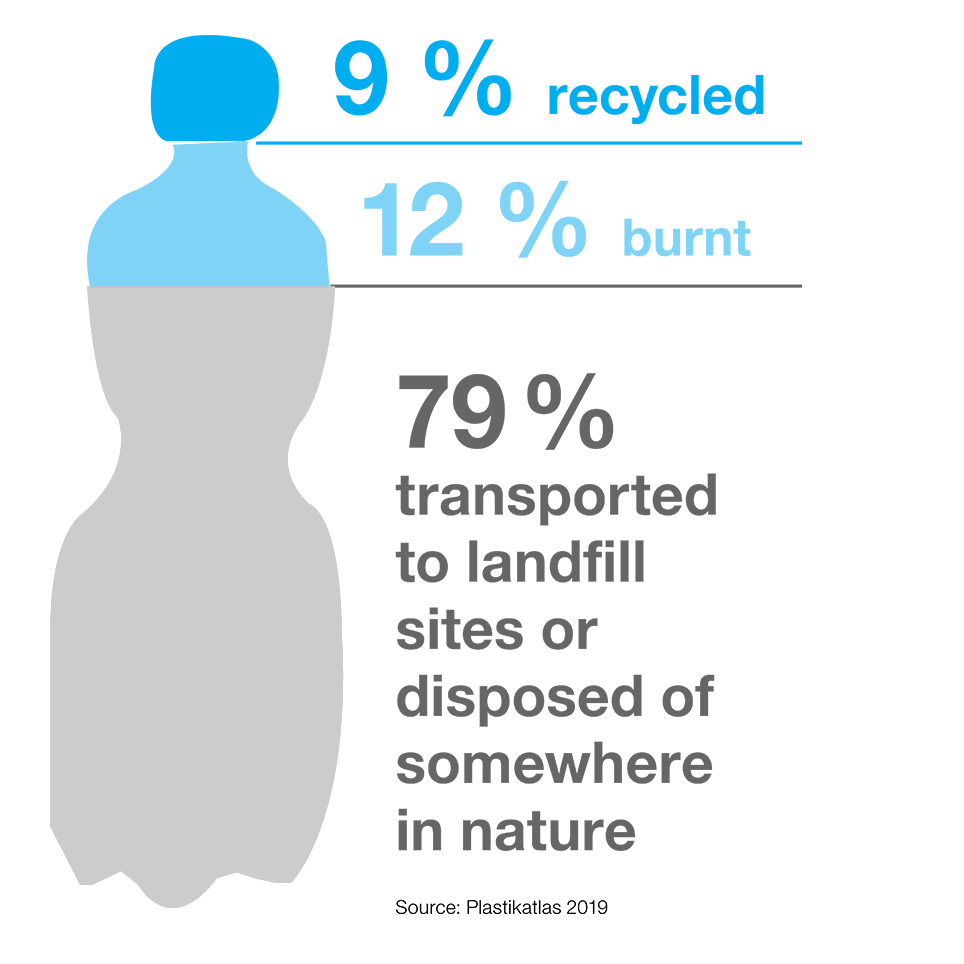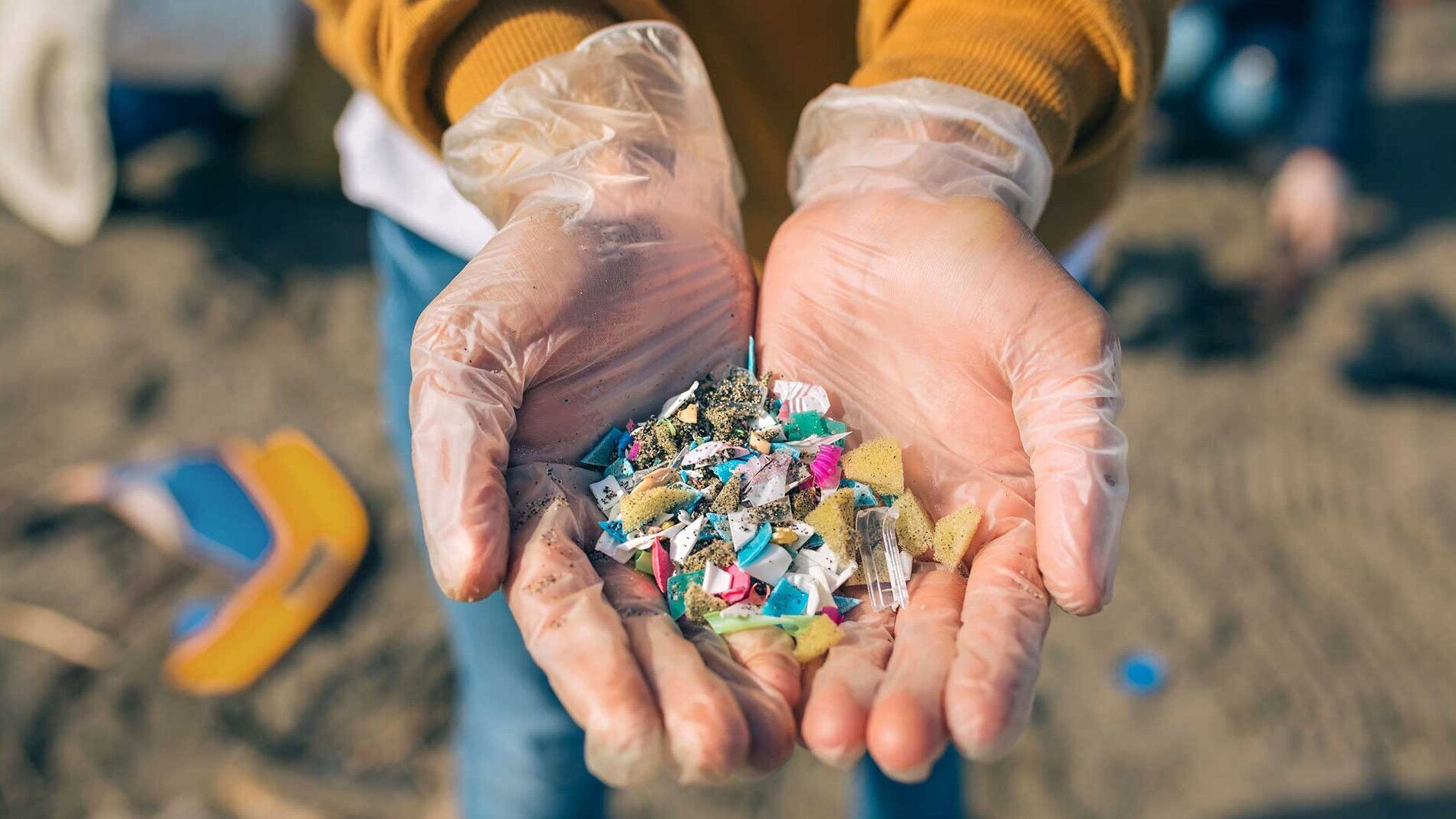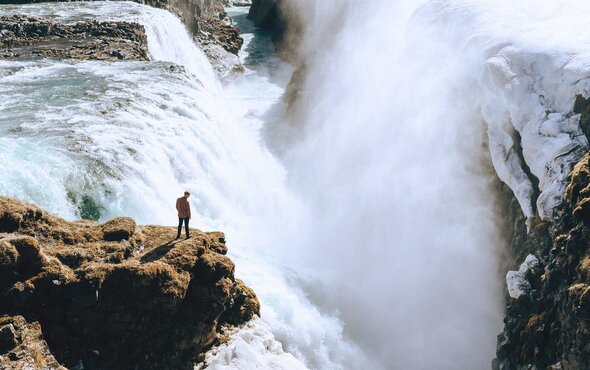That is why we want to look at the problem with plastic from different perspectives. In our first article, we will provide facts and figures about a world where plastic is omnipresent and take a look at the impact of plastic waste on animals, people and planet. The second article will contain ideas on how to avoid plastic in day-to-day life.
PLASTIC
– how a waste product became a top seller
It all started in the mid 20th century. Plastic was once a waste product of the chemical industry but conquered the world when it hit the market.
Plastic is lightweight, shatter resistant, flexible and relatively cheap to manufacture so it is used as packaging for food, toys, clothes, cosmetics and even furniture, cars, computers and medical appliances.
These days, no area of life remains untouched by plastic.

ONLY A FRACTION IS RECYCLED
Business is booming. Between 1950 and 2015, the global plastic industry produced more than 8.3 billion tonnes of plastic. According to ‘Plastikatlas 2019,’ that adds up to, ‘more than a tonne per person living on Earth.’ The thing that nobody sees or, rather, nobody wants to see is that a good 6.3 billion tonnes (75 %) of it has already been discarded – most of that is disposable products and packaging.

Surely the majority was recycled? Well, unfortunately not.
‘Plastikatlas 2019’ discovered that, ‘from 1950, only 9 % of all discarded plastic was recycled.’ Even today, the rate of recycling for plastic globally is just 14 %. A further 14 % goes to incinerators, 40 % goes to landfill.1
The remainder (32 %) is what we find on beaches, in the stomachs of seabirds and marine mammals, in rivers, in the ground and on the side of the road.
Microplastics have even been found in Arctic ice. Researchers have found a concentration of more than 12,000 particles of microplastics per litre of marine ice in some areas.2
1 Source: Plastikatlas 2019
2 Source: www.nationalgeographic.com
WHAT IS PLASTIC?
The term plastic is used in everyday language to refer to a group of solid, synthetically (using crude oil as the raw material) and semi-synthetically (by modifying natural polymers like cellulose) manufactured materials. So plastic is a synthetically produced material made from organic matter. Experts believe that there are more than 200 different types of plastic in the world today. The five best known are:
• Polyethylene (PE): the most commonly used plastic in the world is particularly tough and is used for drinks crates, buckets, packaging film and plastic bags, among other things.
• Polypropylene (PP): a very durable and solid plastic, used in medical technology, the car industry (interiors) and packaging.
• Polyvinyl chloride (PVC): exists as both rigid uPVC used for machines, window frames, pipework, etc. and flexible PVC used for cable sheathing and vinyl flooring.
• Polystyrene (PS): often known as Styrofoam and suited to both packaging and building insulation.
• Polyethylene terephthalate (PET): this polymer is used to make the famous PET bottles, as well as other items. It is also used to make textile fibres (such as fleece).
3 Sources: www.chemie.de; www.nanopartikel.info
MICROPLASTICS
– the great unknown
This report made the headlines in 2019: the globally average human ingests up to 5 g of microplastics every week. That is roughly the weight of a credit card4 according to nature charity the World Wide Fund For Nature (WWF) which commissioned the study by the University of Newcastle, Australia. What impact that will have on human health is still completely unknown.
What we do know, is that we are constantly absorbing tiny particles of plastic, known as microplastics or nanoplastics. We do this, ‘via the air we breathe, our food and the water we drink,’ explains Heike Vesper, director of the marine programme at WWF Germany.

We also know that plastic pollution is a global problem, affecting people all over the world. ‘After all, large pieces of plastic disintegrate into microplastics which have now been discovered in foodstuffs like honey, mussels and fish. Further sources include wear from plastic bottles and synthetic fibres in the air. If we do not want plastic inside our bodies then we have to prevent millions of tons of plastic waste from entering our environment each year,’ Heike Vesper explains. Or, in other words: if we poison our oceans then we are poisoning ourselves. You see, around 70 % of the oxygen we breathe in comes from the sea.
4 Source: WWF; University of Newcastle, Australia
WHAT ARE MICROPLASTICS?
According to the WWF, microplastics are, ‘solid particles of plastic measuring 5 mm or less which are insoluble in water. Sources of microplastics include wear from tyres and larger plastic items such as packaging, washing synthetic fabrics and the use of microplastics in cosmetics. These grains of plastic are then washed into the sea in rivers, the waste water system and storm drains. Microplastic finds its way into the ground when sewage sludge is spread on fields, for example.’5 When these particles are broken down further by the sun, wind and waves in rivers, seas or the ground, they become nanoplastics.
5 Source: WWF report: ‘Assessing Plastic Ingestion from Nature to People’
TAKE CARE WHEN HANDLING PLASTIC!
It is difficult to imagine a world without plastic. These materials have become too important in many areas of our lives. From your toothbrush to your dental filling to your lunchbox, your computer to your waterproofs – these days we cannot cope without plastic. But we need to be more mindful and avoid plastic where possible and sensible. That is a concept that applies not only to consumers, but primarily to the companies which produce plastic goods.


